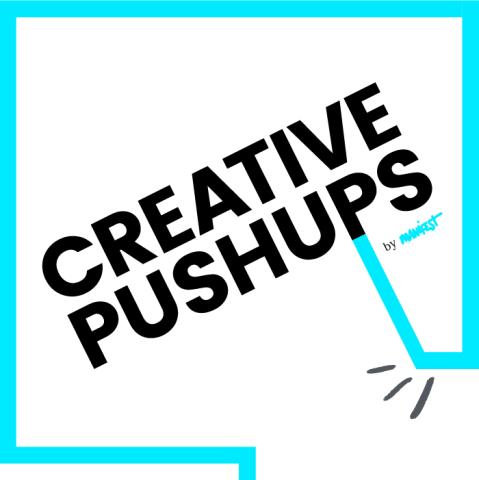
Money pervades everyday life in our country. It’s ever-present in our minds, affecting decisions mundane and meaningful. One in 4 Americans thinks about money more than anything else throughout the day, including work, vacation and sex. It’s deeply embedded in the fabric of our society and our rhetoric.
But raise your hand if you love your bank. Would you consider yourself a true brand advocate of your credit card provider? Do you really care which firm your wealth adviser is affiliated with? Would you lose sleep if you had to switch your online brokerage account? Didn’t think so.
How is it that the brands that facilitate and govern such an important aspect of our lives engender such little passion or trust from consumers? Or worse, engender intense ire. According to the 2022 Edelman Trust Barometer, trust in the financial services sector is the lowest among all sectors it measures, 8 points below the much-maligned telecom sector and 15 below healthcare. And that’s despite trust in financial services actually improving 10 points over 10 years.
It’s easy to blame this on customer experience, fees, interest and other realities of the business (which telecom brands also inflict upon customers), but marketing shouldn’t get a pass. These brands should be more popular and successful, considering they have a direct wire into consumers’ nervous systems. They’re present at the most poignant, emotional moments in people’s lives. But they’ve turned what should be high-involvement categories into subjects we actively ignore and suppress in our minds.
More than an issue of PR or reputation management, this is the result of a flawed approach to marketing over a long period of time. It’s a missed layup. The consistent inability to stake out an emotional or even resonant place in consumers’ hearts, or create any noticeable substance or value in their lives, prolongs these brands’ perceptual challenges.
Financial institutions frequently misdiagnose the problem. Hardly a quarter goes by that Manifest doesn’t receive an RFP from one of these brands with a directive to help them humanize their brand, emphasizing real people in ads and content. But how long can you play the human card in an age where even the friendliest brands are building robo advisers, and millions rely on passive investing? There’s a more direct way to create trust and emotion.
How Financial Institutions Can Bring True Value to Consumers
People don’t need to think their bank is their buddy. They don’t need a relationship with their loan officer. What they need is help from an organization on the inside of a system that consistently scares them.
Three-quarters of Americans report feeling anxious about their financial situation. Forty percent now say it’s affecting their mental health. Inflation and an impending recession are exacerbating the emotional toll of systemic problems such as inequality, debt and the high cost of living. The local credit union didn’t create these problems, but it’s in a position to help, with a different approach to marketing.
If there was ever a category where content marketing could fulfill a meaningful role for consumer and brand alike, it would be finance. Traditional advertising, with all its stock video of smiling small-business owners, is jarring against the high anxiety of real life. Content, on the other hand, has the potential to reshape the relationship between financial institutions and consumers, if used genuinely to coax them through a difficult system, navigate emotional issues or overcome self-defeating behavior.
Yet content marketers in this space fall prey to the very same behavioral flaw they advise consumers against in managing their money: short-term thinking. Focused on clicks and keywords, they flood search engines with cookie-cutter advice about not splurging on lattes and “7 ways to save more for retirement.” These money tips are not a genuine attempt to help consumers when they’re specifically conceived to answer the questions that are already answered most often by other sources.
For all the millions of search results providing consumers with “insights” and advice on money matters, the American consumer is no better off financially, no better educated on the issues and no more able to tame their faulty habits.
Skip Personal Finance 101—Create Behavior Change Instead
Content in this category needs to focus less on pure education. If just being informative could help consumers, they would have long ago overcome self-defeating behavior like underfunding their 401(k)s, not connecting with a financial adviser, not having an estate plan or being underinsured. Simply providing facts, advice and resources is not enough—it needs to start shaping real behavior change.
Content strategy must shift from identifying topics to unearthing the barriers that prevent more advantageous behaviors. Distribution strategy should focus on intercepting the audience right as they collide with these barriers to offer a better way. The content itself needs to stop asking consumers to merely educate themselves, and instead directly shape behavior through smarter tools, digital experiences and creative approaches designed specifically to break down barriers.
Some nutrition apps uncovered the insight that losing weight can seem daunting in the aggregate, but that breaking down the mission into small, achievable steps drives success. Language learning apps are great at providing rewards or little dopamine hits for building a habit. Other tech platforms such as crowdfunding sites use “social proof” (i.e., showing you how many other people like you are taking the right steps) to trigger certain behaviors. We should be delving into the finance category’s data to uncover these sorts of behavioral insights and create content that directly causes better outcomes for consumers.
In Part 2 of our series on finance and money, we’ll get specific. Exactly how do you use content to influence behavior and help people overcome behavioral barriers (even the subconscious ones)? We’ll also focus on a consumer group with plenty of barriers to speak of: Gen Z.

